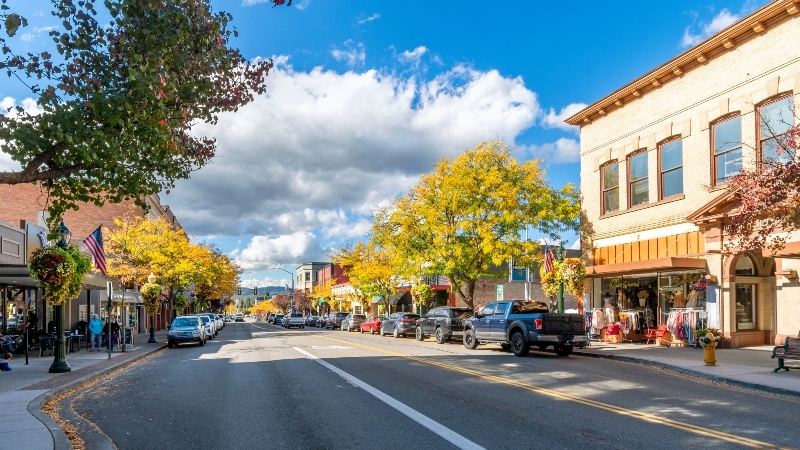Making the Switch: Vendor Transition Guide
Switching fire and security vendors feels risky. Even if your current provider isn't meeting your needs, the thought of transitioning systems and...
 |
Fire protection professionals committed to safeguarding lives, property, and peace of mind. |
 |
Solutions designed for your property type, from multi-family housing to healthcare facilities to retail spaces. |

|
Fire alarm, area of refuge, camera, and card access monitoring services. |
 |
Clear communication and instant response when every second counts. |
 |
From kitchens to server rooms, the right protection for every space. |
 |
Keep your primary defense system ready and reliable. |

|
Manage all your properties' access from one simple platform. |
 |
Monitor multiple properties in real time from anywhere, at any time. |

|
Document upcoming maintenance appointments and improve your proactive budget planning. |
 |
Fire Extinguisher Maintenance Checklist Learn the requirements for testing extinguishers monthly, annually, and beyond. |

|
Track all your inspection deadlines in one place. |
 |
Kitchen Hood Inspection Checklist Ensure your kitchen hoods are safe and compliant. Download a complete list of testing requirements. |

|
Guide to Fire & Security Monitoring Your complete property protection handbook in practical terms. |

|
Running a food truck takes work—this guide gives you the tools to keep it safe and up to code. |
 |
Comprehensive Guide to NFPA 13 and NFPA 25 Fire Sprinkler Systems Navigate sprinkler system requirements with confidence using our straightforward guide to codes and maintenance. |

|
Get your essential compliance guide. |
 |
When reliability matters across 18 restaurants, micromanagement doesn't. |
.webp)
The Americans with Disabilities Act (ADA) requires that all public-accessible buildings include design features to support people with disabilities. But what if there is a fire emergency? Evacuation plans are usually designed for speedy, orderly exits–and often aren’t easily accessible to those with disabilities.
That makes areas of refuge, or AORs, critical for any fire safety plan. Any structure, whether commercial, industrial, residential, or educational, must have at least one AOR.
Building owners should know how to implement an area of refuge that complies with applicable codes and regulations and ensures the safety of all building occupants.
We’ve all seen the signs: “During a fire, don’t use the elevator, use the stairs.” But what if someone can’t?
Elevators deliberately go out of service during a fire. But if a tenant can’t use the stairs to evacuate the building, they’ll need another option. Areas of refuge ensure people with disabilities can quickly move to a designated safe space without impediment. From there, they can call to obtain evacuation assistance.
Buildings come in different sizes, heights, and configurations. Some have sprinklers throughout, others don’t. Requirements for areas of refuge vary to reflect these differences, based on building codes and fire safety standards set by multiple agencies. Specifically, the type of sprinkler system (full vs. partial protection) affects AOR requirements.
However, in all cases, an area of refuge must provide:
Area of refuge requirements can be complex. Fire safety professionals can help you understand how the regulations apply to your building. Brothers Fire & Security has the expertise to help create appropriate safe spaces, install the right equipment, and handle ongoing support to ensure you are fully prepared for a fire emergency.

Switching fire and security vendors feels risky. Even if your current provider isn't meeting your needs, the thought of transitioning systems and...

Your fire alarm shows a trouble signal. Last week's sprinkler inspection never happened, and despite three calls and multiple messages, your vendor...

Winter weather and holiday demands can make managing multi-location security a nightmare. Fall is your best window to upgrade security systems,...